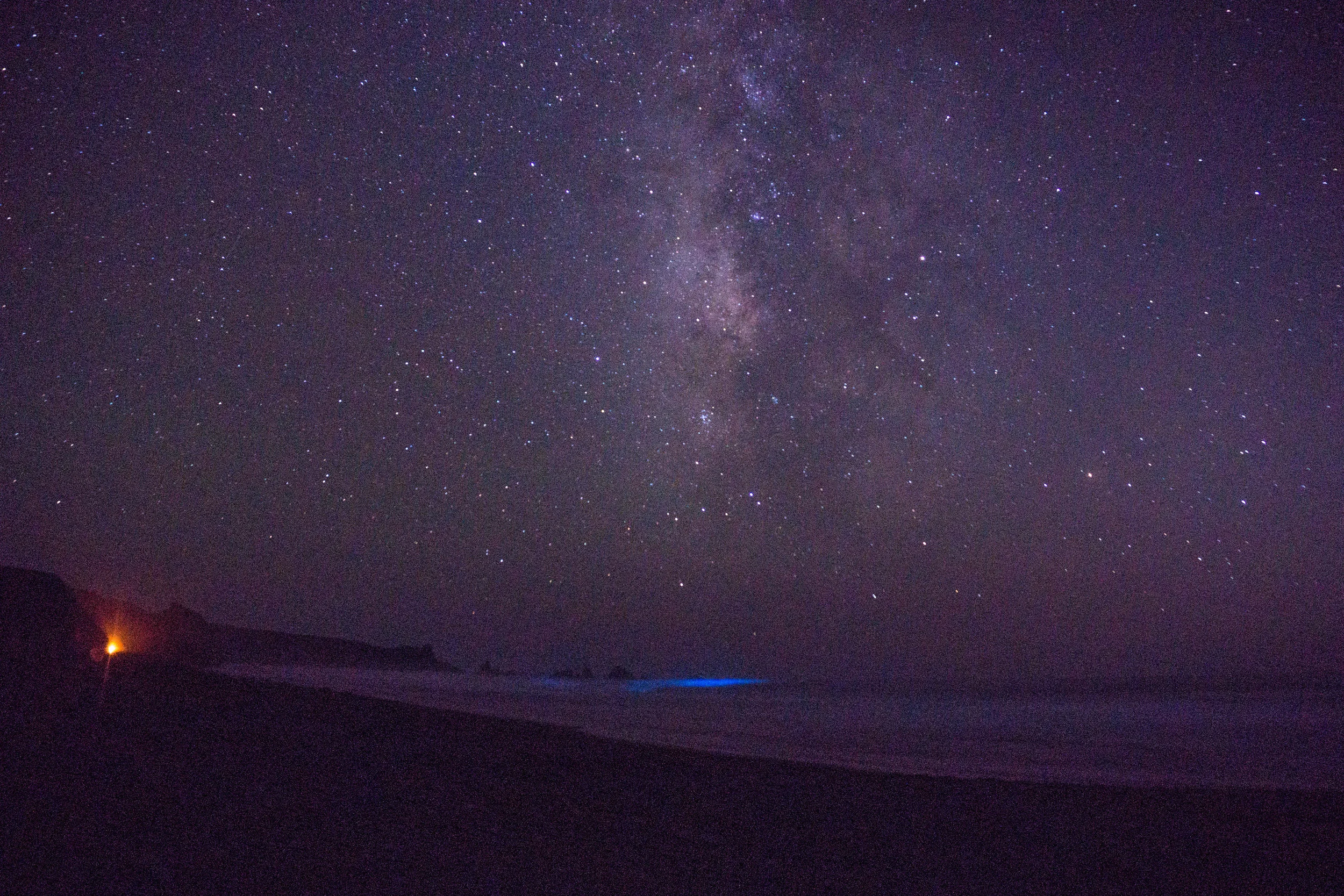Science Simply
From learning how waves form in the ocean to understanding how neurons drive your thoughts and actions—science is a tool to help us understand ourselves and the world around us.
The technical language and jargon-filled research papers can be daunting, so below are concise explanations on a variety of complex yet fascinating topics.
Why jellyfish are taking over the ocean
These squishy creatures are taking over the marine environment, despite warmer sea temperatures and low oxygen levels that are causing massive problems for many marine species. Will an ocean full of jellyfish be good for us, or bad?
Volcanoes—From Half Dome to Hawaii
Often pictured as lava-spewing giants, volcanoes are the cornerstone of many landscapes. From the granite peaks in Yosemite to the chain of islands in Hawaii and Indonesia, volcanoes create dynamic environments around the globe, from islands to mountain ranges. Volcanoes have sculpted some of the most incredible places we see today.
Apex predators
How top predators like lions, sharks and wolves determine the health of entire ecosystems.
Bioluminescence in the ocean
Why does the surface of the ocean appear to illuminate and sparkle certain times of the year? How is it that some marine animals light up? Bioluminescence is ubiquitous in the oceans—even in the deepest, darkest parts of the sea, there is light.
CRISPR—Gene editing
Imagine you could take any gene you want—maybe one that could give you green eyes, or one that makes you resistant to getting HIV—and plant it in your DNA. Or what if you could simply delete a certain gene in your DNA—say, one that is linked to getting a certain cancer? In 2012, a gene editing tool was discovered that is completely transforming the world of medicine, and it is called CRISPR.
Why are coral reefs so important?
Covering only 0.1% of the Earth’s surface, coral reefs are home to millions of species of marine life. What are these ecosystems and why are they so important?
What is nuclear energy?
Supplying the U.S with nearly 20% of its energy, nuclear power is a widely used energy source. But how do you create energy out of uranium atoms? And what are the pros and cons of nuclear power?
Antibiotic resistance
We are in a new era of antibiotic resistance—bacterial infections that used to be treatable are becoming resistant to our antibiotics. Why? What can you do?
The science behind pain
Pain. An experience that weaves together physical sensation and emotion, memory and cognitive appraisal. How does pain work? Why do some people feel more pain than others, and how can you learn to cope with pain?
El Niño: What is the year of “The Boy”?
El Niño is a term people often associate with heavier rains and storms here in America. But what really is El Niño—where does it come from and what does it mean for us?
What really causes climate change?
Climate change. Global warming. We have all heard of this by now. But what really is happening to cause this? How is CO2, a gas we produce every day, related to a warmer planet? The science behind this global phenomena explained simply.










